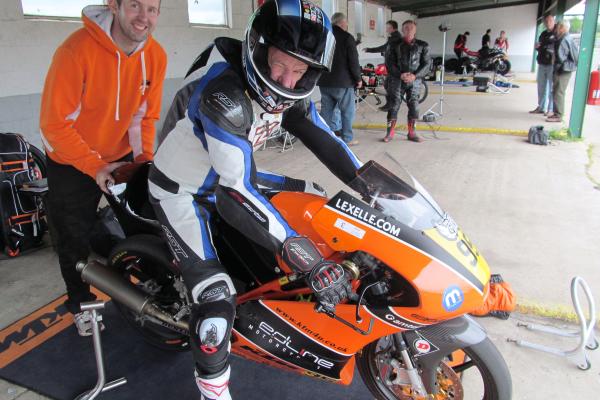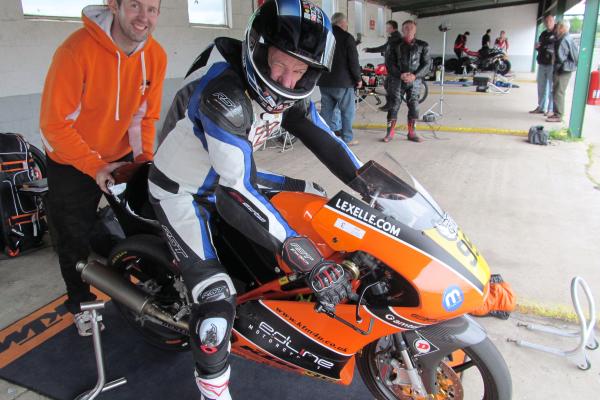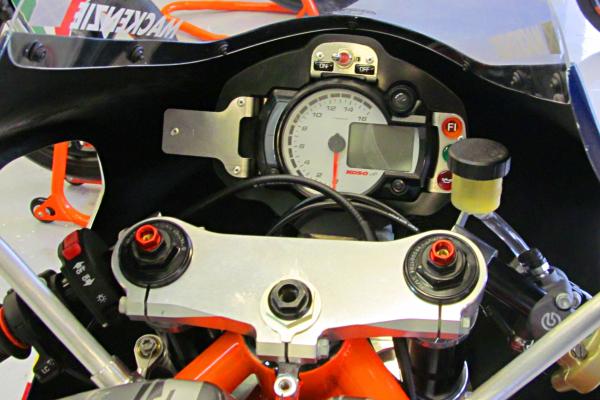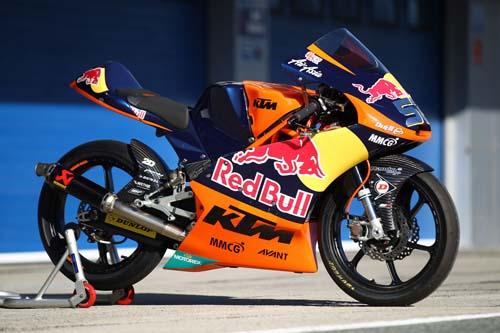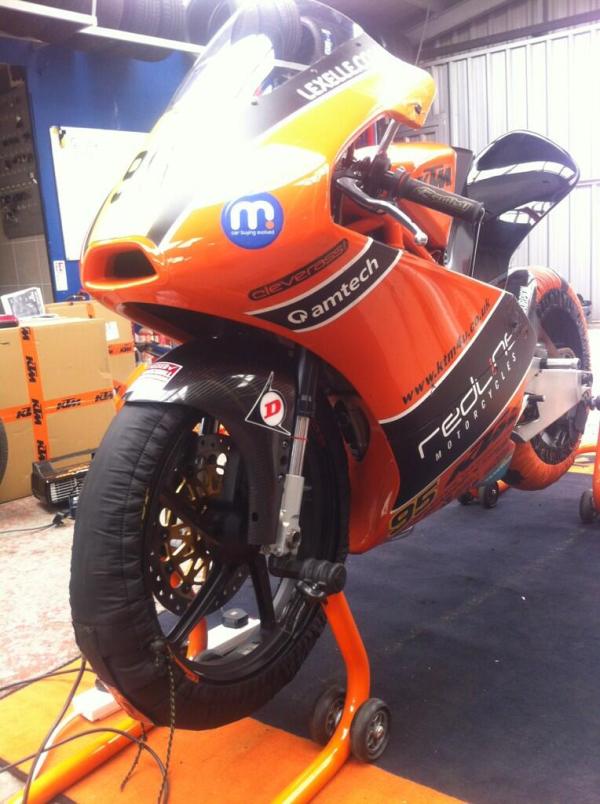First Ride: KTM RC250R review
KTM's exclusive Moto 3 machine costs more than a Desmosedici

Member for
54 years 8 monthsMALLORY Park has never been anything other than the ‘friendly circuit’ so it really is sad to hear some not so friendly locals have done their best close it down, putting good people on the dole.
Whatever happens I’ll always have cracking memories of Mallory Park... The Bay City Rollers in 1976, winning on the carbon fibre 350cc Armstrong in 1984 and a BSB Boost Yamaha double in 1997.
Mallory Park is where I recently rode my favourite bike of 2013, the KTM RC250R Moto 3 machine. At £38K it isn’t cheap but its perfect handling and sweet high revving single cylinder motor makes track riding a dream.
Although it is a hand build mini prototype race machine KTM have kept things simple using a steel trellis frame and an engine any competent four stroke mechanic could look after. Don’t get me wrong, we’re not dealing with a modified crosser engine here; the motor is a detuned version of Sandro Cortese’s Moto 3 World Championship machine, using some less exotic parts to keep service intervals further apart and running costs down. The RC250R also uses a single instead of double disc Brembo brakes and cheaper WP suspension but this kit would never be necessary unless you win trying to win Grand Prix.
So what is it like to ride?
Well starting is easy as a decent push brings the little motor to life and instantly ticking over at 3000rpm. After five minutes she is up to temperature (80°C) and ready to go.
In reality, at 70kg I’m a heavyweight for this lightweight, so some decent clutch slipping is required to get her going down the pit Mallory pit lane especially with the normal tall first gear in a race bike. Once rolling however, riding couldn’t be easier as you only have to think of apexes and you’re instantly there.
The combination of lightness and pin sharp handling means you can adjust lines with the minimum of effort and two finger brake pressure is more than plenty at all time. Shifting up is made easy with a factory fitted quick shifter and going down through the box is also slick with the engine keeping things smooth even into corners like the dead slow Mallory hairpin.
The 49bhp motor pulls nicely from 8000rpm all the way to 14000rpm and on Mallory gearing was only dropping back to just under 12000rpm between shifts. Considering it is mostly little fellas that ride these, although I couldn't get tucked in properly, I fitted in quite well and even after a full session didn’t get any cramp. I could have ridden round all day but mechanics were telling me I was using up valuable engine life which ultimately costs money.
I am Scottish, remember?
Service intervals can be roughly between 1500 and 3000 miles depending on how hard you want to rev the motor. At Grand Prix they will be rebuilt after every race. Other nice touches are a fully functional dash with the usual rev counter and warning lights, a pit lane limiter and launch control. Apart from regular engine rebuilds your running cost should be minimal however should you want the luxury of a spare engine that will cost just over £10K.
You won't see many at trackdays, but if you do, you'll see a stream of superbikes behind it, desperately trying to keep up!
Engine: Four-stroke, DOHC, 249.5cc, single-cylinder
Power: 49bhp @13,000rpm
Torque: 28 Nm @ 11,000rpm
Transmission: Cassette-type 6-speed gearbox
Electronics: Adjustable traction control, launch control, fuel mapping, ignition mapping, pit lane limiter, interface for data recording
Chassis: Tubular steel with carbonfibre subframe, adjustable swingarm pivot
Suspension: WP fork and shock, adjustable for preload, compression damping and rebound damping (separate adjustments for high- and low-speed damping)
Brakes: Single 290mm disc (front) with radial-mount caliper, single 190mm disc (rear) with radial-mount caliper
Wheels and tyres: 17-inch forged aluminium wheels, Dunlop slicks, 95/75-R17 (front), 115/75-R17 (rear)
Fuel tank capacity: 10.5 litres
Weight without fuel: 82kg
Price: £45,600
